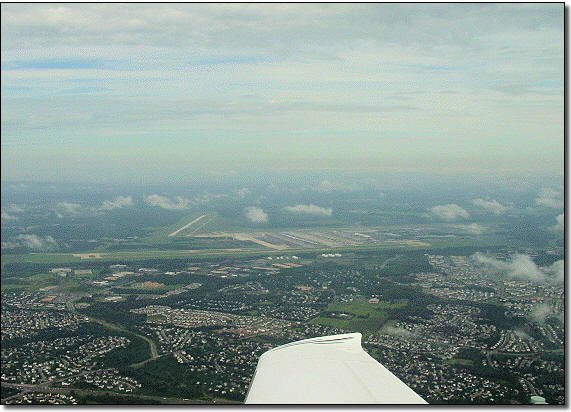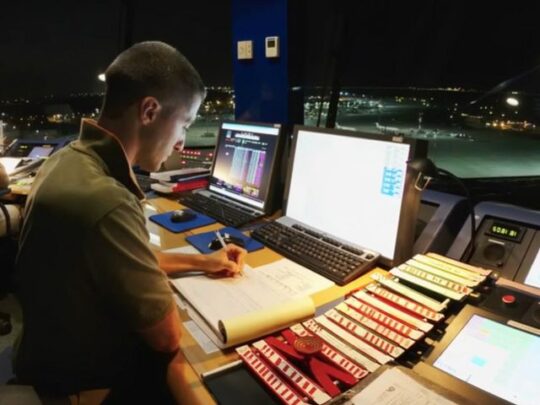Subscriber question:
"How are automated ceiling reports made by an ASOS? How large an area do they cover?" - Rick H.

Scott:
“Even though the automated surface observation system or ASOS creates a completely new observation every minute, they must have adequate sensor samples to develop an accurate observation for the airport. In order to provide a representative observation, the automated hardware must continuously collect the sensor’s real-time data over a period of time. The automated system applies an algorithm to the collected data to extrapolate the weather to cover a wider area.
This is especially important when considering the observation for sky cover and cloud height. When approaching an airport, for example, pilots don’t necessarily want to know what’s happening instantly over the sensor since it may not always be representative of the sky condition throughout the airport’s terminal area and it might vary quite a bit between reports.
Automated systems employ an upward-pointing laser beam ceilometer to determine sky cover and cloud height. The cloud height indicator, for instance, transmits approximately 9,240 pulses in 12 seconds, but it’s not these individual samples that are used for the observation. Instead, this data is collected over a period of 30 minutes before an observation is considered acceptable.
Based on field studies, 30 minutes of data provides a fairly reasonable description of sky conditions. This means that the system will detect and process all the clouds (if any) passing over the sensor in the past 30 minutes. To account for the latest sky conditions, the result is biased by double weighting (or counting twice) the last 10 minutes of data.
Using the last 30 minutes of data in this way will allow the system to determine the height and sky cover included in the surface observation and becomes a reasonable estimate of the sky conditions that is valid over a three to five statute mile radius around the airport.”

